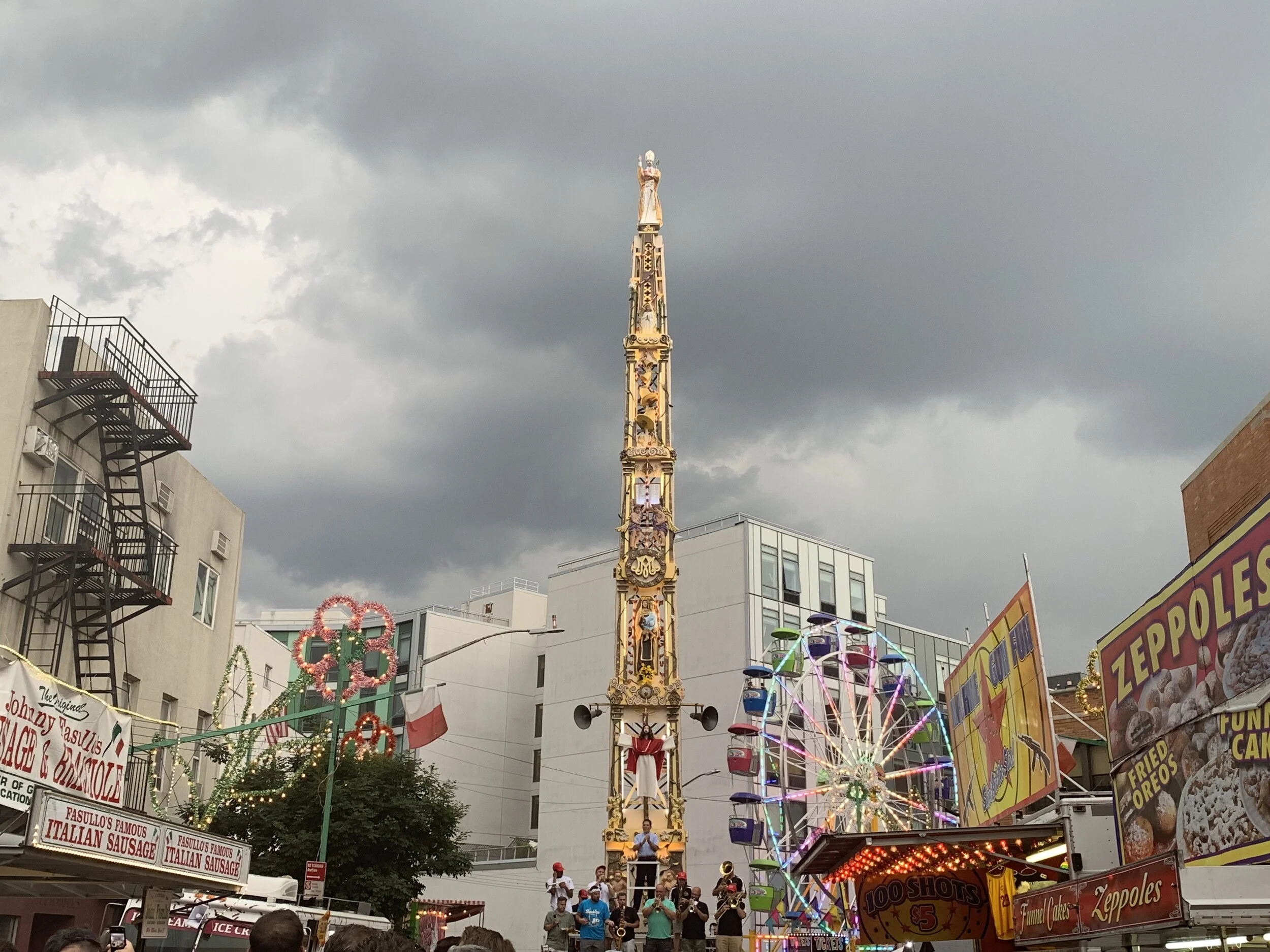Did All Jews Become White Folks?:
A Fortress in Brooklyn and Hasidic Williamsburg
Reviewed by Gabe S. Tennen
In A Fortress in Brooklyn: Race, Real Estate, and the Makings of Hasidic Williamsburg, Nathaniel Deutsch and Michael Casper add an important wrinkle into prevalent understandings of American Jewish history. Deutsch and Casper focus their text on the Hasidic Satmar sect and its creation of a “holy city of Jerusalem” in one corner of north Brooklyn, tracing that community from its nascent beginnings in the 1940s into the 21st century. By offering a detailed and crisply written account of this often discussed but largely underexamined group, the authors provide a caveat to nearly fifty years of scholarship.
Read MoreFreedom Songs: Socialist Multiculturalism and the Protest Lyric from Percy Shelley to Chaim Zhitlovsky
By Benjamin Schacht
As protests exploded around the United States in the wake of the excruciating police murders of George Floyd and Breonna Taylor last June, the venerable New York City-based Yiddish daily the Forward ran a story with the headline “‘We Shall Overcome’ sung in Yiddish.” Highlighting the ongoing dialogue between American Jews the civil rights movement, the article mostly focused on a recently adapted Yiddish version of the classic civil rights anthem. But it also touched on a somewhat more obscure Yiddish contribution to the movement, Un du akerst, un du zeyst (“And you plow, and you sow,” also known as “The Hammer Song”), a song that Theodore Bikel performed for a movement audience in the early 1960s.
Read MoreEveryday Politics are Everywhere in Arab New York: Emily Wills' Ethnography of a Community Under Pressure
Reviewed by Todd Fine
The defeat of Donald Trump promises the imminent end of the “Muslim ban” targeting people from several Arab countries, yet the challenges facing Muslim and Arab communities in the United States will surely continue. In the recent book Arab New York, University of Ottawa political scientist Emily Regan Wills seeks to depict how Arab communities in New York City, whose lives are greatly shaped by external politics, engage in politics themselves.
Read MoreAuthentic Survivors: Religion and Gentrification in Williamsburg, Brooklyn
By Alyssa Maldonado-Estrada
Every July in Williamsburg, Brooklyn, the Italian American Catholic community celebrates its patron saints in spectacular fashion. During the annual Feast of Our Lady of Mount Carmel and San Paolino di Nola, men in the community perform the Dance of the Giglio, a ritual that has been celebrated in Brooklyn since 1903. Hundreds of men lift the seventy-foot-tall, four-ton tower, decorated with baroque angels, saints, and arches, through the streets in honor of Saint Paulinus (San Paolino), the patron saint of Nola, Italy.
Read MoreThose Who Know Don’t Say: Interview with Garrett Felber
Interviewed by Kenneth M. Donovan
Today on the blog, Kenneth Donovan interviews Garrett Felber about his recently published book Those Who Know Don’t Say: The Nation of Islam, The Black Freedom Struggle, and the Carceral State. Those Who Know, which reevaluates the civil rights activism and legacy of the Nation of Islam, was shortlisted for the 2020 Museum of African American History Stone Book Award.
Read MoreParish History on New York City's Upper West Side
Reviewed by Susie Pak
Thomas J. Shelley has added to his already substantial oeuvre of New York Catholic history with the publication of Upper West Side Catholics: Liberal Catholicism in a Conservative Archdiocese: The Church of the Ascension, New York City, 1895-2020 (New York: Empire State Editions, 2020).[1] His deep and broad understanding of New York’s Catholic institutions provides the context for his study of the Church of the Ascension, which was founded in 1895 on the Upper West Side. While his history of Ascension starts from its founding, Shelley’s book offers an extended view of the neighborhood during the 1960s and 1970s, a period when demographic transition overlapped with economic decline and produced immense political conflicts that destabilized New York’s institutions, including the Catholic Church.
Read MoreIsland Gospel: Pentecostal Music and Identity in Jamaica and the United States
Review by Ray Allen
Writing about musical performance during the time of COVID-19 gives me pause, as it does, no doubt, for all of us who revel in live music. Whether we choose to raise our voices in praise of the deities or to drum and dance to the most sensual rhythms, the act of communal music making is, at its core, a celebration of our deepest humanity. Michael Butler’s Island Gospel is a keen reminder of this reality, and leaves us longing for the day when we can again gather in places of worship, dance halls, clubs, concert venues, and street fetes for the simple joy of making music together.
Read MoreThe Gomez Family and Atlantic Patterns in the Development of New York's Jewish Community
By Noah L. Gelfand
On November 1, 1750, Mordecai Gomez, a member of one of North America’s most prominent Jewish mercantile families, died in New York City. According to a notice a few days later in the New-York Gazette, or Weekly Post-Boy, the sixty-two year old Gomez was “esteemed a fair Trader, and charitable to the Poor” who passed away “with an unblemish’d Character;” and who would be “deservedly lamented” by his large family and all his acquaintances.
Read MoreHeaven's Wrath: Interview with Danny Noorlander
Interviewed by Deborah Hamer
Today on the blog Gotham editor Deborah Hamer speaks with Danny Noorlander, associate professor at SUNY-Oneonta, about his new book Heaven’s Wrath: The Protestant Reformation and the Dutch West India Company in the Atlantic World, religion in New Amsterdam and the Dutch Republic, and what is on the horizon for his next book.
Read More



